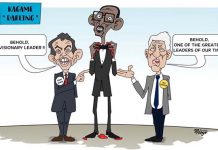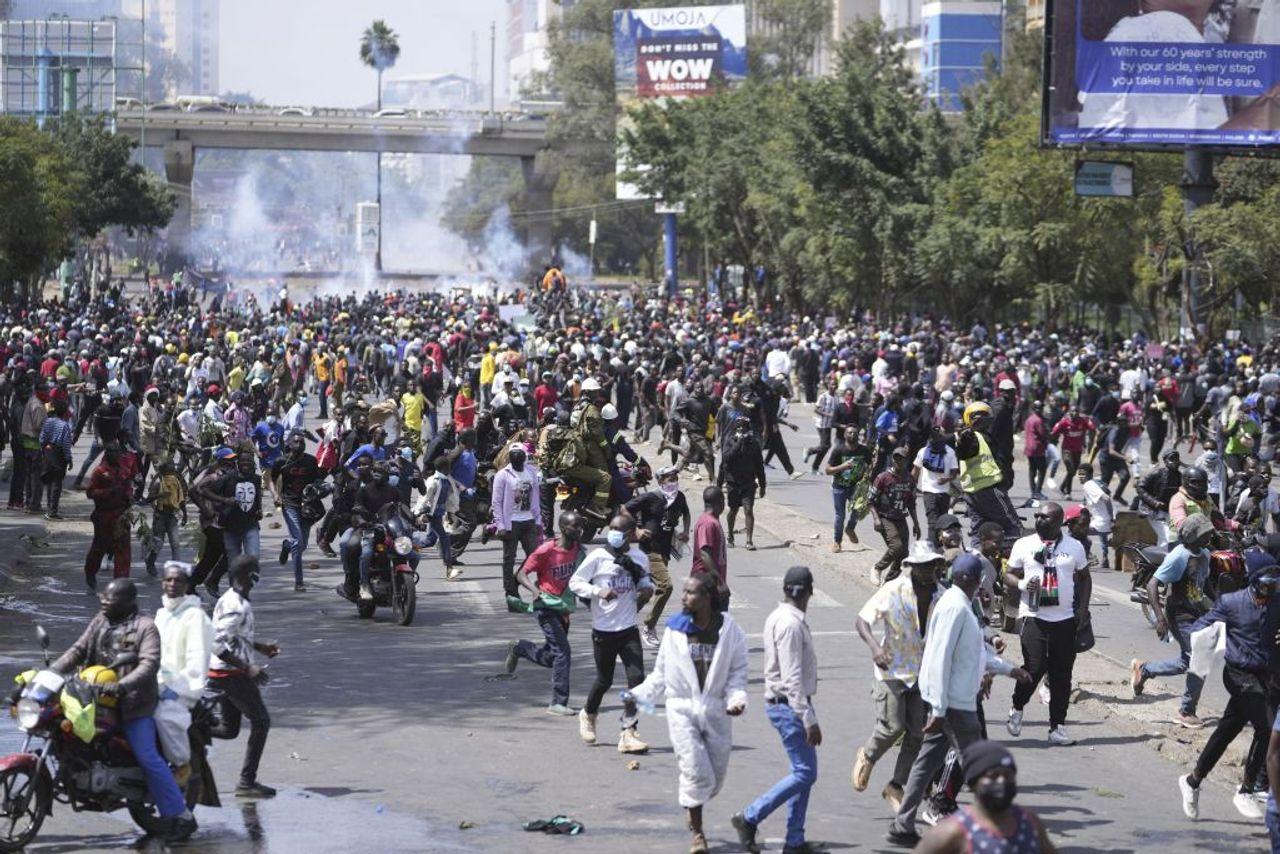
Declining influence in Africa puts U.S. foreign policy establishment in a state of worry.
In late June, protests erupted across Kenya against the government led by William Ruto after it enacted an IMF-dictated finance bill imposing hikes in a regressive sales tax, unloading the full burden of the country’s economic crisis on the backs of the working class and rural poor.
Ruto’s government was already unpopular for its imposition of austerity measures that cut public sector employment and social services and eliminated subsidies on fuel and the food staple unga (maize flour).
Under Ruto’s orders, the army and police violently cracked down on the protests, killing at least 60 people and injuring more than 600, with police accused of engaging in abductions and torture.
Ruto withdrew the finance bill, which was opposed by 90% of Kenyans, but after two months, hinted at similarly regressive tax measures that would help plug a $2.7 billion revenue shortfall, precipitating a new demand for nationwide strikes.
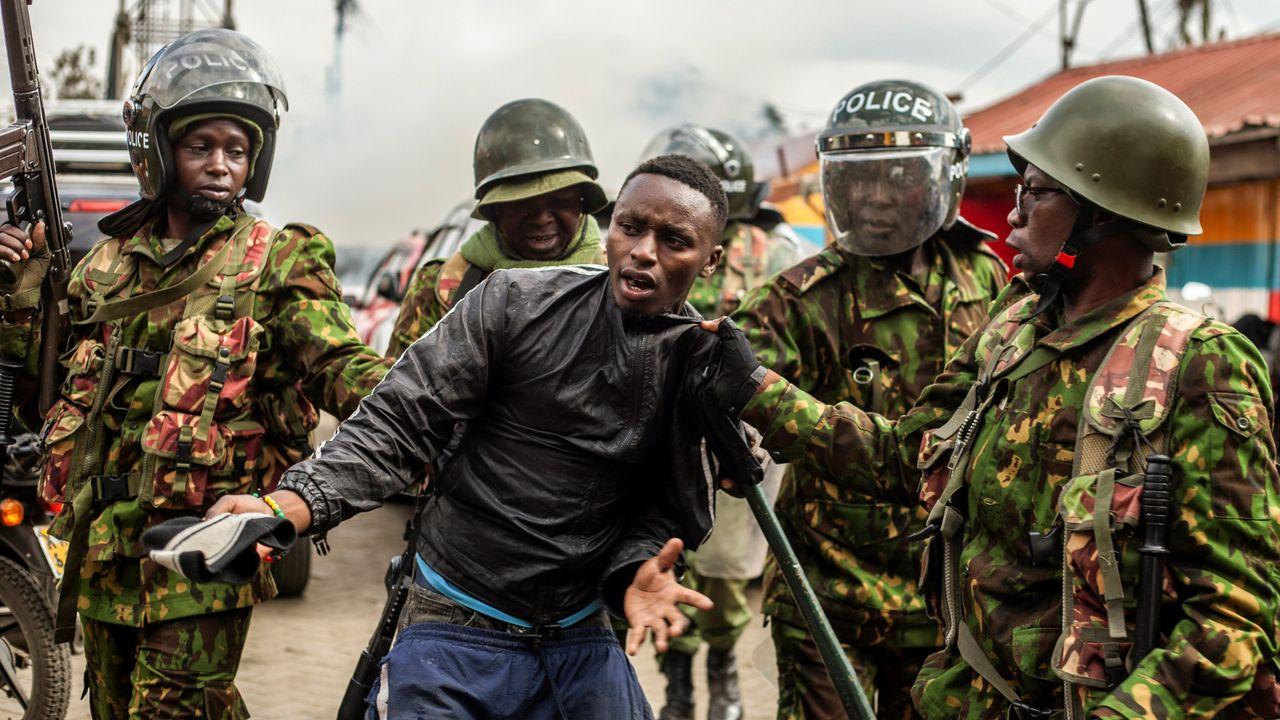
In July, Secretary of State Antony Blinken commended Ruto “for his commitment to direct police to refrain from using violence of any kind against protesters,” which was patently false.[1]
Weeks before the protests broke out, Ruto had been given a formal State Dinner in Washington, the first for an African leader in 16 years. Barack Obama and Bill and Hillary Clinton attended.[2]
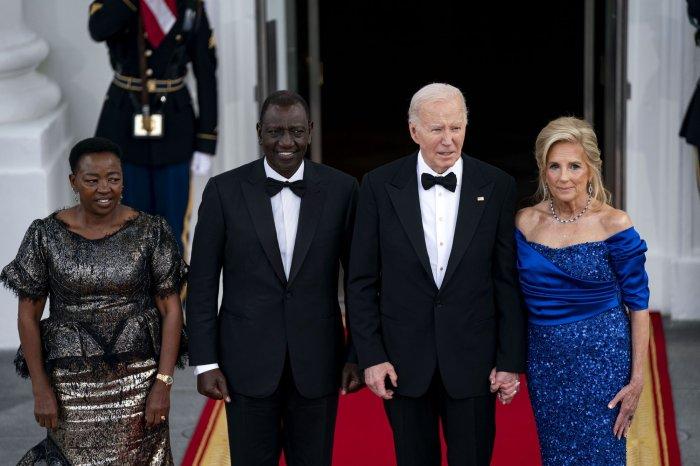
On June 25, The New York Times published an article with the evocative title: “Kenya Protests Are a Blow to Biden’s Embrace of President Ruto.”
Biden had named Kenya as a major non-NATO ally, enabling it to acquire modern U.S. weaponry and receive training to deploy troops as proxies across Africa. In 2023, the U.S. provided Kenya with nearly $700 million in foreign aid and, in 2022, with more than $1 billion.
The vast sums were designed to pry Kenya from the Chinese orbit. Under Mwai Kibaki (2002–2013) and Uhuru Kenyatta (2013-2022), Kenya increased trade with China by more than 30-fold.
Ruto’s government curried Washington’s favor by a) keeping a force of 3,500 troops in Somalia, which worked with the Somali army to hunt down Al-Shabaab; b) signing a defense deal allowing for U.S. military advisers in Kenya; and c) providing troops for a Western-backed African peacekeeping force in eastern Congo, whose purpose was to stabilize the region so Western corporations could plunder its mineral wealth.
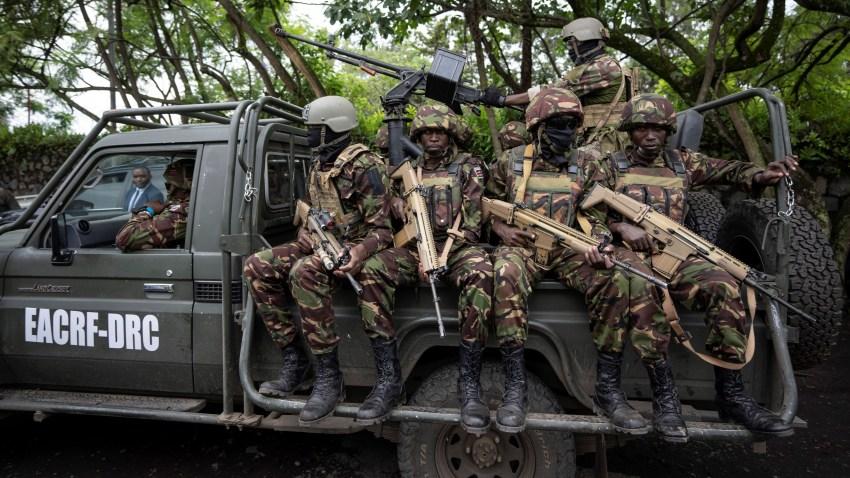
Additionally, Kenyan soldiers were subcontracted to help uphold the U.S.-backed regime of Garry Conille in Haiti.
The Biden administration has wanted to make Kenya into a manufacturing hub for U.S. companies looking to relocate from China and to sustain control over Kenya’s ports, which could be used to strangle Chinese trade.[3]
U.S. companies, such as Calvin Klein and Tommy Hilfiger, profit from the exploitation of cheap Kenyan labor in the Export Processing Zones across the country, which are exempted from paying taxes.[4]
Kenya is valued, furthermore, for hosting Camp Simba in Manda Bay, a hub for U.S. drones and surveillance, to project its control across the Indian Ocean, the Horn of Africa and the Red Sea, particularly over the Bab el-Mandeb Strait, a chokepoint critical to securing global energy.

On August 8, The Washington Post titled an opinion piece by Keith B. Richburg “How the U.S. could lose Kenya,” replicating the rhetoric about the “loss of China” to the Chinese Communist Party (CCP) in the 1940s.[5]
The assumption underlying the piece was that Kenya was America’s to win or lose and that the country would be better off under U.S. tutelage when clearly it is not.
Kipchumba Ochieng reported in the World Socialist Web Site that, while cutting public spending on health care and education, Ruto has increased defense spending considerably and announced the acquisition of a high-tech missile defense system using a $1 billion loan from Israel.
The sophisticated system, which could have only been offered with Washington’s approval, offers protection against aircraft attacks, helicopters, and cruise and ballistic missiles.
Ochieng wrote that “Nairobi ludicrously claims growing security threats in the Gulf of Aden from Al-Shabaab in Somalia, which has no aircraft, and the Houthis in Yemen, who have a single fighter jet, an ancient F-5.”

Losing Uganda
The Post’s opinion writers could conceivably write a similar piece on the potential “loss of Uganda,” which was also roiled by anti-government protests this summer.

The protests targeted a long-standing U.S. client, Yoweri Museveni, who has been in power since 1986.
Over the last 34 years, the U.S. has showered Uganda with billions in foreign aid.
In exchange, Museveni has kept Uganda open to U.S. corporations by advancing neo-liberal policies and allowed for a U.S. military base in Entebbe, which has been used to carry out military and clandestine operations across Africa.
In 1991, Museveni gave the green light for the U.S./UK-backed Rwandan Patriotic Front (RPF)—led by mass murderer Paul Kagame—to invade Rwanda as part of a plot to unseat the pro-French, Hutu-led government.
Six years later, after Rwanda had been turned into a death chamber, Museveni helped open the Democratic Republic of Congo (DRC) to U.S. and Western corporations by invading it with Rwanda’s new RPF-led government (Museveni invaded DRC again in 2001).
Of further value was Museveni’s invasion of oil-rich South Sudan in support of the Sudanese People’s Liberation Army (SPLA), which for years fought the Chinese-backed northern-based government of Omar al-Bashir and paved the way for South Sudan’s secession. Museveni also lent support to the U.S. war in Somalia, joining the U.S.-backed African Union Mission in Somalia (AMISOM), which has committed numerous atrocities.

Inspired by Kenya, the recent protests in Uganda were triggered by widening inequality and poverty, which was facilitated in Uganda’s case by mass privatization and the Museveni government’s sale of Uganda’s assets to international financiers.
According to Kipchunga Ochieng, Uganda’s poverty rate has increased over the last decade and now stands at about 41%. Museveni’s regime has killed or jailed tens of thousands of people, and predictably repressed the July protests with the full weight of the Ugandan military. One eyewitness described Kampala as “resembling a war zone.”

Museveni for his part claimed the protesters received funding from “foreign sources that are always meddling in the internal affairs of Africa for the last 600 years—slave trade, colonialism, neo-colonialism, genocide, [and] economic exploitation.”
Museveni said that “all those involved should know that Uganda is not a neo-colony where those shallow schemes can be deployed.”[6] This is an inversion of reality since Museveni, after taking over from socialist Milton Obote, has transformed Uganda into a neo-colony that allowed for economic plunder and the placement of foreign military bases by a white power on its soil.

To maintain his political dynasty, Museveni, 79, is preparing for his son, Lieutenant-General Muhoozi Kainerugaba, a graduate of the U.S. Army Command and General Staff College at Fort Leavenworth, Kansas, to take over for him.
Earlier this year, Muhoozi held a meeting with the U.S. Defense Attaché to Uganda, Lt. Col. Christian Noumba to discuss strengthening the traditionally strong relationship between the Ugandan and U.S. militaries.

An increasingly restive population in Uganda, however, could lead to long-awaited political change.
A key is if the opposition movement mobilizes around a socialist/pan-Africanist/anti-imperialist vision and are strong enough not to become coopted.
Unfortunately, Uganda’s main opposition leader, Bobi Wine, is a millionaire rapper who supports a vacuous neo-liberal ideology and has dubious ties to the NED, a CIA cutout that infiltrates and circumvents social movements worldwide.
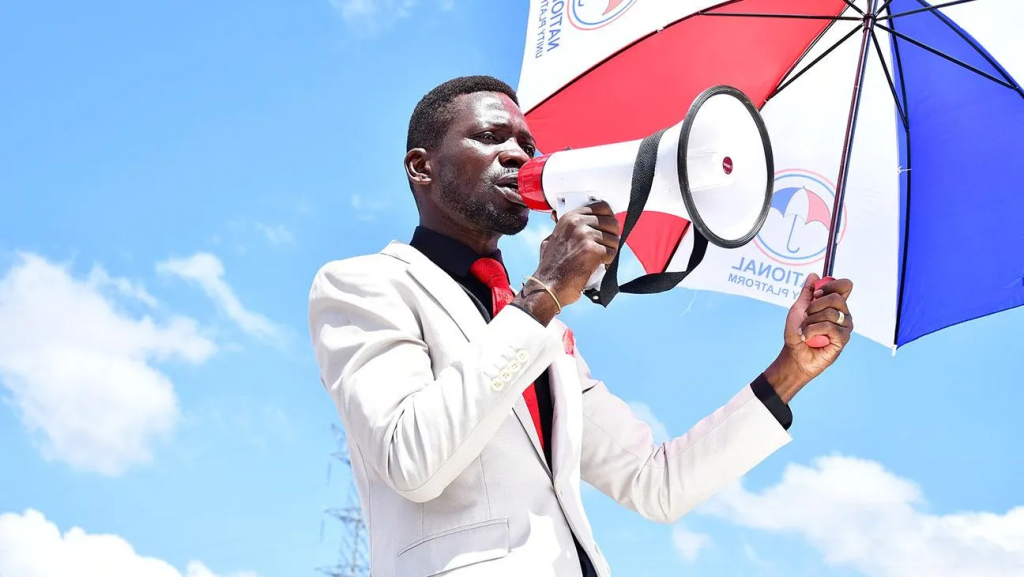
Washington’s Waning Influence in Africa
The protests directed against America’s allies in Uganda and Kenya come at a time of diminishing U.S. influence in Africa.
South Africa, a traditional ally of the U.S., participated this year in joint military exercises with Russia and China, and took U.S. ally Israel to the International Criminal Court (ICC) on charges of genocide.
Ethiopia, Washington’s preferred security partner in the Horn of Africa, is growing closer to China under a new government following decades of authoritarian rule by the U.S.-backed Tigray People’s Liberation Front (TPLF).
In Niger, a new military junta booted U.S. troops out and handed over a huge U.S. drone base to Russia. The U.S. has also been forced to withdraw its military recently from Chad.

When asked why the Biden administration had invited the Kenyan leader to Washington on the eve of the protests, a U.S. diplomat tellingly bemoaned: “If not Ruto, who?”
These comments are indicative of declining U.S. options as the winds of change sweep over the African continent.

-
The European Union, similarly, supported Ruto during the suppression of the protests, providing his government with €20 million ($21.4 million) in military supplies and other support to the Kenyan Defense Forces (KDF) as it was deployed across Kenya. ↑
-
Auma Obama, Obama’s alleged half-sister, ironically was among the protesters who were subjected to tear gas. ↑
-
$700 bilion in trade passes annually through Mombassa and other Kenyan ports. U.S. Ambassador to Kenya Meg Whitman, former CEO of Hewlett Packard and E-Bay, is particularly close to Ruto and envisions Kenya being transformed into an African Silicon Valley. ↑
-
Ruto’s government intends to sign a trade deal with the U.S. by fall 2024 that will bring in more U.S. investment into Kenya under favorable terms for U.S. investors. ↑
-
Keith B. Richburg, “How the U.S. could lose Kenya,” The Washington Post, August 8, 2024. ↑
-
Using the same playbook, Ruto blamed the Kenyan protests on the Ford Foundation, for which there is no proof. ↑
CovertAction Magazine is made possible by subscriptions, orders and donations from readers like you.
Blow the Whistle on U.S. Imperialism
Click the whistle and donate
When you donate to CovertAction Magazine, you are supporting investigative journalism. Your contributions go directly to supporting the development, production, editing, and dissemination of the Magazine.
CovertAction Magazine does not receive corporate or government sponsorship. Yet, we hold a steadfast commitment to providing compensation for writers, editorial and technical support. Your support helps facilitate this compensation as well as increase the caliber of this work.
Please make a donation by clicking on the donate logo above and enter the amount and your credit or debit card information.
CovertAction Institute, Inc. (CAI) is a 501(c)(3) non-profit organization and your gift is tax-deductible for federal income purposes. CAI’s tax-exempt ID number is 87-2461683.
We sincerely thank you for your support.
Disclaimer: The contents of this article are the sole responsibility of the author(s). CovertAction Institute, Inc. (CAI), including its Board of Directors (BD), Editorial Board (EB), Advisory Board (AB), staff, volunteers and its projects (including CovertAction Magazine) are not responsible for any inaccurate or incorrect statement in this article. This article also does not necessarily represent the views the BD, the EB, the AB, staff, volunteers, or any members of its projects.
Differing viewpoints: CAM publishes articles with differing viewpoints in an effort to nurture vibrant debate and thoughtful critical analysis. Feel free to comment on the articles in the comment section and/or send your letters to the Editors, which we will publish in the Letters column.
Copyrighted Material: This web site may contain copyrighted material the use of which has not always been specifically authorized by the copyright owner. As a not-for-profit charitable organization incorporated in the State of New York, we are making such material available in an effort to advance the understanding of humanity’s problems and hopefully to help find solutions for those problems. We believe this constitutes a ‘fair use’ of any such copyrighted material as provided for in section 107 of the US Copyright Law. You can read more about ‘fair use’ and US Copyright Law at the Legal Information Institute of Cornell Law School.
Republishing: CovertAction Magazine (CAM) grants permission to cross-post CAM articles on not-for-profit community internet sites as long as the source is acknowledged together with a hyperlink to the original CovertAction Magazine article. Also, kindly let us know at info@CovertActionMagazine.com. For publication of CAM articles in print or other forms including commercial internet sites, contact: info@CovertActionMagazine.com.
By using this site, you agree to these terms above.
About the Author

Jeremy Kuzmarov holds a Ph.D. in American history from Brandeis University and has taught at numerous colleges across the United States. He is regularly sought out as an expert on U.S. history and politics for radio and TV programs and co-hosts a radio show on New York Public Radio and on Progressive Radio News Network called “Uncontrolled Opposition.”
He is Managing Editor of CovertAction Magazine and is the author of six books on U.S. foreign policy, including Obama’s Unending Wars (Clarity Press, 2019), The Russians Are Coming, Again, with John Marciano (Monthly Review Press, 2018), Warmonger. How Clinton’s Malign Foreign Policy Launched the U.S. Trajectory From Bush II to Biden (Clarity Press, 2023); and with Dan Kovalik, Syria: Anatomy of Regime Change (Baraka Books, 2025).
Besides these books, Kuzmarov has published hundreds of articles and contributed to numerous edited volumes, including one in the prestigious Oxford History of Counterinsurgency .
He can be reached at jkuzmarov2@gmail.com and found on substack here.





